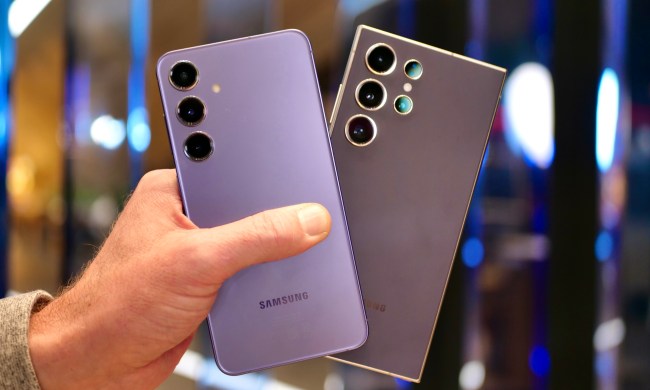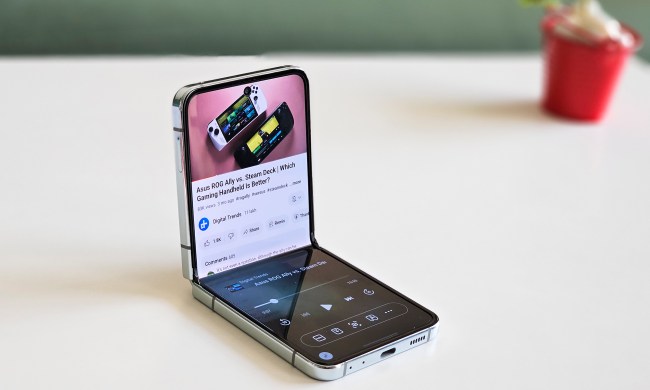
We haven’t heard much about Mozilla’s mobile creation Firefox OS lately. We took it for a test drive back in December and while it was an interesting experience, it still had a long way to go. Mozilla is ready for the next step though, and has announced a slew of news about Firefox OS at MWC, including both new high-end Firefox OS devices by ZTE, as well as a ridiculously cheap $25 smartphone design.
For those who have never heard of Firefox OS, don’t be too surprised you haven’t: This mobile OS from the makers of Firefox has only been on the market for a year now, and so far the only three phones that run it are not available in the United States. America will remain out of Mozilla’s picture for new markets this year. Again, the focus is on developing countries, where price is everything. At its Keynote event, Mozilla announced partnerships with carriers to launch Firefox OS devices in a number of countries in Eastern Europe and Central America, including Croatia, The Czech Republic, El Salvador, and Nicaragua.
Along with these markets, Mozilla announced plans for new devices along with a new $25 smartphone design. The devices, seven in total, include LG, ZTE, Huawei and Alcatel OneTouch as manufacturers. The ZTE Open C will be featuring a Qualcomm 1.2GHz dual-core processor, 512MB of RAM, and a 4-inch display. This hardware is certainly mid-range and nothing compared to the latest iPhone or Galaxy devices, but Mozilla isn’t looking to release high-end smartphones into price-conscious countries.
Finally, Mozilla announced a new chipset that will allow for the creation of $25 smartphones. The chipset is being built by Chinese semiconductor company Spreadtrum, and Mozilla hopes to use it to power dirt-cheap smartphones to make it a far more accessible OS than competitors such as Android and iOS. When you consider the $600 price tag that devices like the iPhone 5S cost, we can certainly see the advantage to sticking to low-cost devices and not fighting the high-octane war that companies like Apple and Samsung are up to.
Mozilla offered a lot of interesting news for its MWC keynote, and it’s clear the company still has its eyes set on everywhere but the United States. We’ll have to wait and see if it can make a dent in a market with the power of really cheap smartphones.



